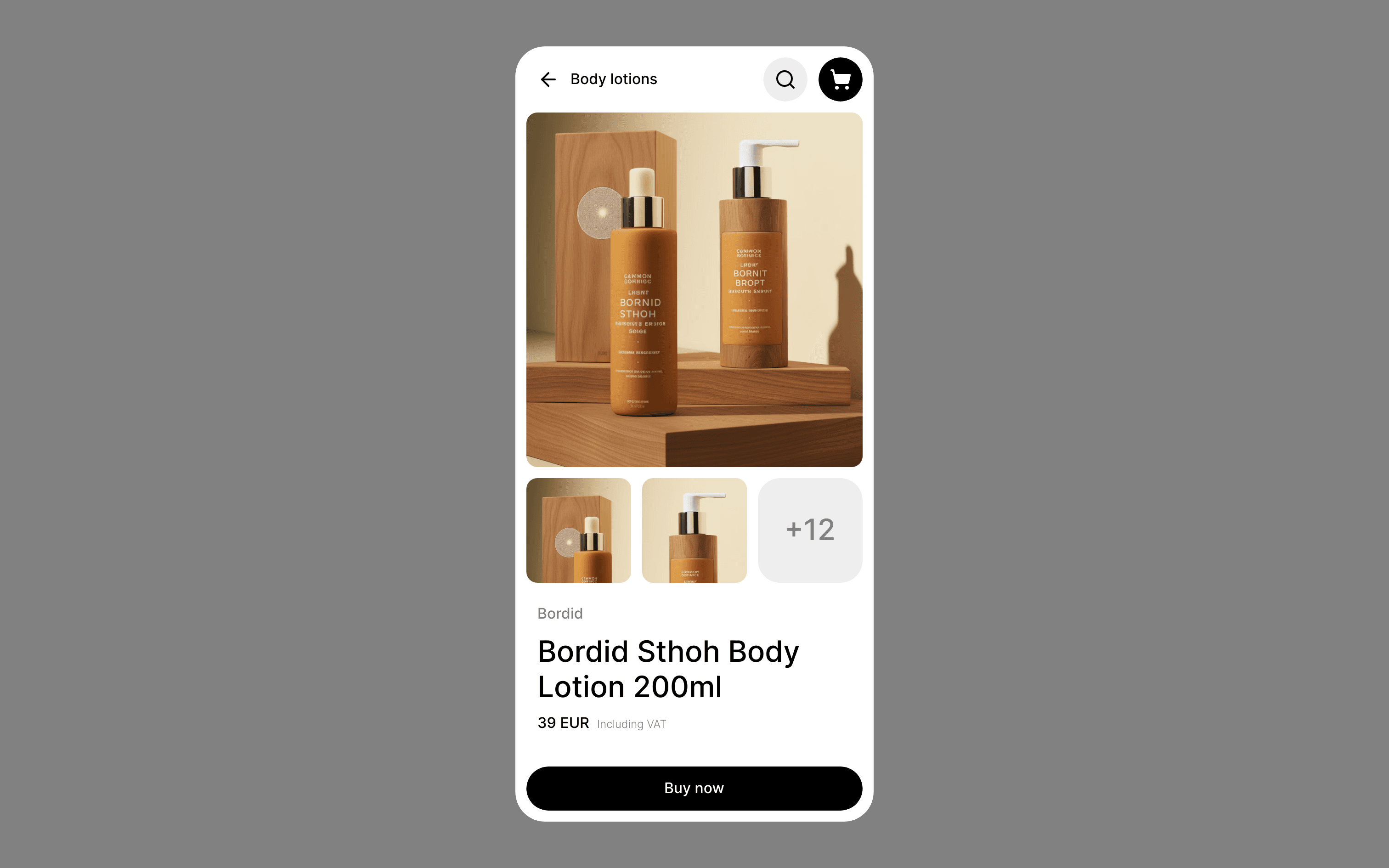Build Design Systems With Penpot Components


Designers often feel under-utilised in the workplace. This article from Scott Berkun delves into the reasons behind the designer discontent and the importance of power and influence in leveraging design talent effectively. Learn how designers can navigate the social dynamics of decision-making to maximize their impact.
Design Talent vs. Power and Influence: The misconception that a shortage of design talent is the root cause of underutilization overlooks the significance of power and influence in driving design impact in organizations.
Social Nature of Design: Successful design outcomes are often shaped by social interactions and relationships with decision-makers, highlighting the need for designers to advocate for their ideas effectively.
Value of Relationships: Building relationships and communicating effectively with non-design stakeholders is important to gain support and ensure design ideas are implemented.
Talent is only useful if the person who possesses it has either power or influence.
Decision making in the real world is a social process, not a solitary one.
Your success as a designer depends equally on your relationships as it does on your design talent.
Designers must recognize the significance of power dynamics and relationships in driving the implementation of their design ideas. By understanding and navigating these social dynamics effectively, designers can increase their impact and contribute more meaningfully to projects and organizations.
AI-driven updates, curated by humans and hand-edited for the Prototypr community